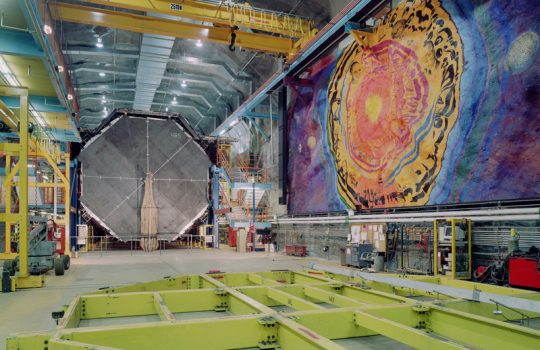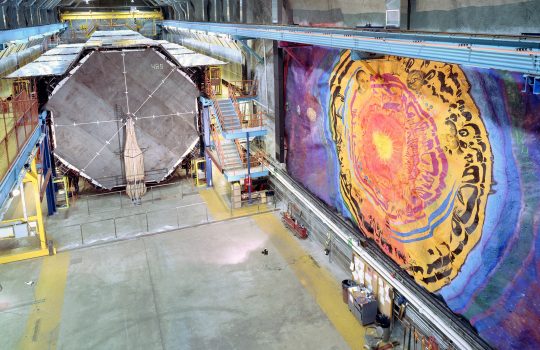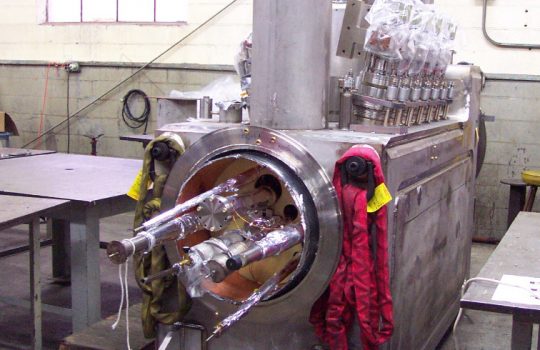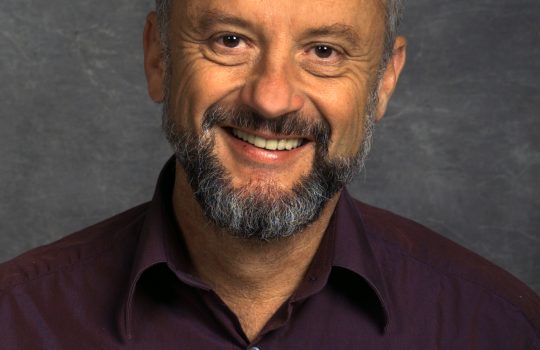Fermilab Education Office Brings World Year of Physics Back to Area Classrooms for the New School Year
The Education Office of the Department of Energy’s Fermilab greets the new school year with another complete program of classroom presentations to celebrate the World Year of Physics, marking the 100th anniversary of Albert Einstein’s “Miraculous Year.”




